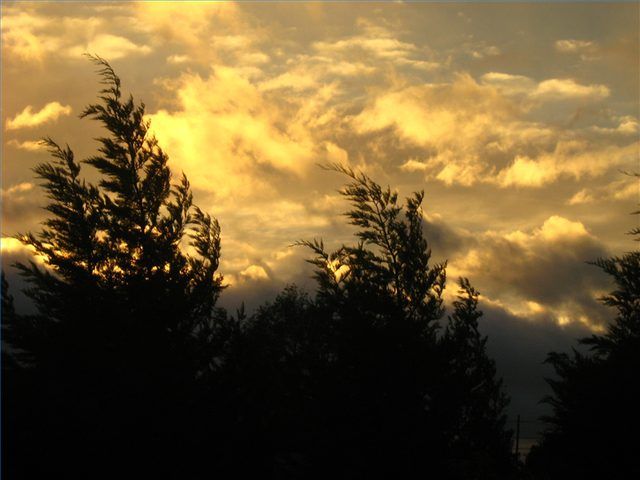Bulbs
Flower Basics
Flower Beds & Specialty Gardens
Flower Garden
Garden Furniture
Garden Gnomes
Garden Seeds
Garden Sheds
Garden Statues
Garden Tools & Supplies
Gardening Basics
Green & Organic
Groundcovers & Vines
Growing Annuals
Growing Basil
Growing Beans
Growing Berries
Growing Blueberries
Growing Cactus
Growing Corn
Growing Cotton
Growing Edibles
Growing Flowers
Growing Garlic
Growing Grapes
Growing Grass
Growing Herbs
Growing Jasmine
Growing Mint
Growing Mushrooms
Orchids
Growing Peanuts
Growing Perennials
Growing Plants
Growing Rosemary
Growing Roses
Growing Strawberries
Growing Sunflowers
Growing Thyme
Growing Tomatoes
Growing Tulips
Growing Vegetables
Herb Basics
Herb Garden
Indoor Growing
Landscaping Basics
Landscaping Patios
Landscaping Plants
Landscaping Shrubs
Landscaping Trees
Landscaping Walks & Pathways
Lawn Basics
Lawn Maintenance
Lawn Mowers
Lawn Ornaments
Lawn Planting
Lawn Tools
Outdoor Growing
Overall Landscape Planning
Pests, Weeds & Problems
Plant Basics
Rock Garden
Rose Garden
Shrubs
Soil
Specialty Gardens
Trees
Vegetable Garden
Yard Maintenance
Leyland Cypress Tree Disease
Leyland Cypress Tree Disease. The Leyland cypress is a widely planted evergreen tree that thrives in most areas of the United States, except parts of the Great Plains, northern Midwest and northern New England. It is particularly popular because it is fast growing--3 to 4 feet a year--and quickly provides a natural privacy barrier. Although this...

The Leyland cypress is a widely planted evergreen tree that thrives in most areas of the United States, except parts of the Great Plains, northern Midwest and northern New England. It is particularly popular because it is fast growing--3 to 4 feet a year--and quickly provides a natural privacy barrier. Although this cypress species is relatively hardy and disease-resistant, there are a few canker infections, root rots and a strain of needle blight that can cause problems.
Seiridium Canker
A canker disease caused by the Seiridium unicorne fungus is "probably the most damaging disease on Leyland cypress," according to the Plant Pathology Extension of North Carolina State University (NCSU). The tell-tale sign of this canker infection are branches and twigs that turn reddish brown, a sharp contrast with the healthy tree's dark green foliage. While no chemical control method is yet in place for this fungal infection, you may be able to slow its spread by pruning infected areas of the tree and also by avoiding wounding the tree or subjecting it to water stress. If large areas of the tree fall victim to the infection, remove and destroy it.
Botryosphaeria Canker
This canker infection, caused by a fungus called Botryosphaeria dothidea, or Bot, causes symptoms very similar in appearance to those caused by Seiridium canker, according to an article by Dr. Jean Williams-Woodward on the Walter Reeves website. However, if you run your hand over affected portions of a tree and the needles remain attached, the culprit is probably Bot. If the needles fall off, the Seiridium canker is likely to be the villain. Dr. Williams-Woodward says frequent watering during dry periods may help your trees to resist this canker species, but if a tree should fall victim, the best way to control Bot's spread is through careful pruning of infected portions of the tree.
Cercospora Needle Blight
This form of needle blight has only recently begun to show up on Leyland cypress trees, according to a fact sheet on the website of the Alabama Cooperative Extension System (ACES). Caused by a fungus called Cercosporidium sequoiae, this disease initially causes a browning of the needles on the inner branches near the base of an infected tree. The disease usually appears during wet weather during the summer. It can usually be prevented by regular and thorough treatment of trees with fungicidal sprays.
Phytophthora
Root rot caused by Phytophthora cinnamomi, a water mold pathogen found in the soil, is most likely to attack young trees rather than those that are larger and well-established, according to the NCSU website. Symptoms include a yellowing of the tree's foliage and dieback at the tips of branches. Trees that are planted in well-drained areas are less likely to become infected.
Annosus Root Rot
Annosus root rot is caused by Heterobasidion annosum, a fungus that first appears on the stumps of newly cut evergreens, mainly pine trees, according to NCSU's Plant Pathology Extension. The fungal infection travels down through the stump into the old tree's root system and then may migrate through the soil to nearby trees. Symptoms of affected trees include yellowing and slow decline, eventually ending in the death of the afflicted tree. The spread of this fungus can be prevented by treating the stumps of newly cut evergreens with dry granular borax, according to NCSU.